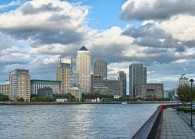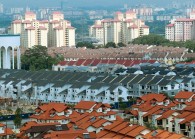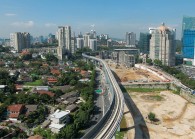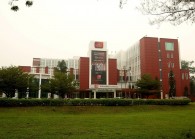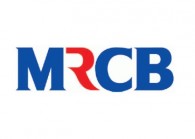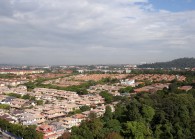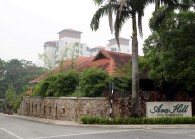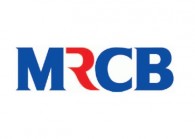London residential lettings to remain firm
Since Britons voted to leave the European Union (EU) in the referendum on June 23, global markets have been reeling as the UK and the world come to terms with the implications. The “Brexit” vote has left local and foreign investors in a state of uncertainty, including those in the real estate market and residential letting in London.
